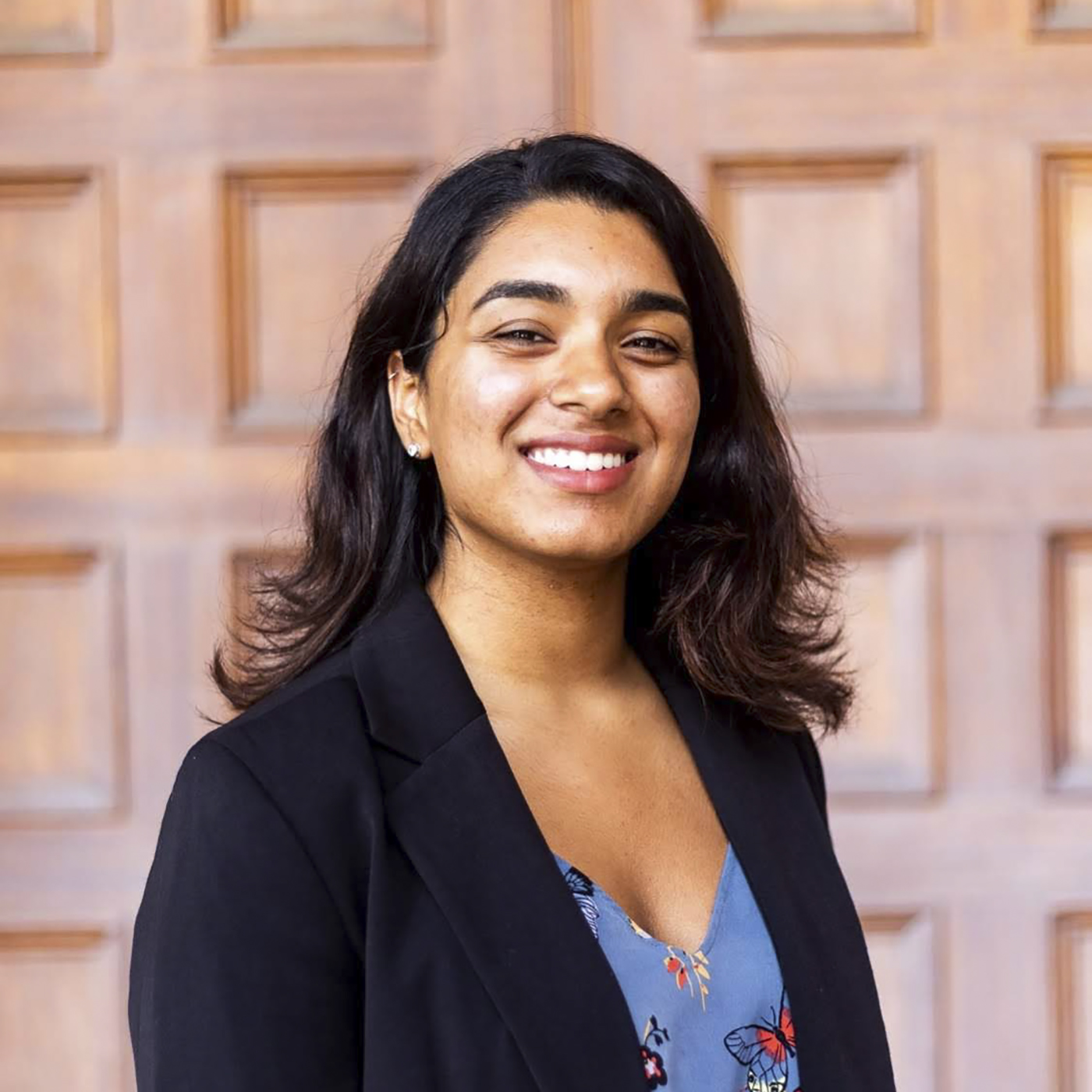Universal access is not the same as equitable access when it comes to COVID-19 tests

(Emily Dembinski/Daily Bruin)

By Navdeep Bal
May 12, 2020 5:46 p.m.
Location, location, location. A mantra in real estate and an unfortunate reality for proper access to health care.
In Los Angeles County, those who live in low-income communities are three times more likely to die from COVID-19 than those in wealthier areas. People of color are also disproportionately affected. Black people make up 9% of the County’s population, yet account for a staggering 15% of coronavirus-related deaths.
Regardless, LA’s wealthier zip codes have reported significantly higher cases. This is not because such areas are at a higher risk; instead, the numbers are a result of significantly lower rates of testing in lower-income neighborhoods.
Just two weeks ago, Mayor Eric Garcetti expanded free COVID-19 testing to all LA County residents. However, expanding testing is not the same thing as providing equal access to it.
People from underserved communities are more likely to die from coronavirus, due to existing disparities in access to health care and a continued lack of proper prevention and treatment. The county must do more to adequately expand testing to its most vulnerable populations – and UCLA can be a part of those efforts. From increasing communication about available resources to easing restrictions on access to testing, LA County and UCLA Health can help by improving testing efforts in the most marginalized neighborhoods.
Coronavirus-related death rates in neighborhoods such as East Hollywood, Pico-Union and Westlake are four times higher than the national average. These are the same areas where more than one-third of housing is overcrowded.
Timothy Brewer, a professor of epidemiology at the UCLA Fielding School of Public Health and Medicine, said there are big differences in the healthcare statistics between areas like West and South LA.
“In areas where there are more African Americans in particular, those areas tend to be more crowded – they tend to be poorer,” Brewer said. “They tend to have fewer health care facilities, and the health care facilities tend to be of lesser quality than in high-income areas.”
Unfortunately, certain populations are at an extremely high risk simply by virtue of their zip code.
Systemic solutions are necessary to address these disparities, but in the mean time, proper testing and prevention is the least that LA County can provide. One way is to make sure that hospitals and clinics in low-income areas are properly staffed and have adequate resources. It’s also important that these communities continue to get proper and updated information.
And UCLA has the resources to help. In early April, UCLA Health initiated testing for all incoming surgical and procedural patients, as well as ER admissions. UCLA can work with clinics in lower-income areas to launch expanded efforts.
Populations that have historically had little to no access to proper health care are just as susceptible to catching the virus, if not more. California Governor Gavin Newsom estimates that 60,000 people experiencing homelessness will become infected. In a county with the second highest rate of unsheltered individuals, these populations might not have access to food or shelter, let alone proper medical care.
“These things that create pollutants tend to be much more common in people of color communities and poor communities,” said Nina Harawa, a professor-in-residence with the David Geffen School of Medicine at UCLA. “Literally the bodies of people in those communities are predisposed to have poor outcomes related to (COVID-19).”
In California, Latinos and African Americans are exposed to 40% more pollution than white people – making them more susceptible to coronavirus-related complications.
As a massive health care provider with offices spread across the city, UCLA Health can work with LA county to ensure that these populations get the information they need when it comes to accessible testing options and preventative measures.
Furthermore, undocumented workers, many of whom are working essential jobs and are at a greater risk, have no access to employment benefits or paid sick leave, despite being underpaid. They, along with mixed-status families such as DACA recipients or those with immigrant spouses, also won’t get access to the stimulus check provided by the CARES Act.
And the Families First Coronavirus Response Act, which covers testing for all uninsured workers, excludes those who are undocumented – regardless of the fact that they pay taxes.
And the legacy of the country’s improper treatment of undocumented individuals may heighten fears of deportation if they try to access medical care. ICE agents made arrests on the first day of California’s official lockdown.
“They made it seem like you can come get it, you can come get the test, regardless of your immigration status, but (they’re) not thinking about how undocumented folks may still be hesitant and may not trust what they are saying,” said Daniela Rodriguez, a fourth-year sociology student.
One major deterrent is the current identification requirement for an individual to receive testing. And while LA County has promised not to use identification for purposes of law enforcement, loosening ID requirements could greatly increase accessibility for low-income and marginalized communities.
Undocumented populations should not have to choose between their health and physical safety. It is vital that the county keeps an open line of communication with the undocumented community, so they can receive the correct information and proper testing.
Granted, LA County has already greatly expanded its testing capacity. However, this is just the tip of the iceberg. With the help of institutions like UCLA Health, the county must now make sure that testing is not just equally available, but equitably delivered. Because although the expansion towards universal testing is expensive, there is no other alternative.
Anyone, regardless of socioeconomic status, race or citizenship can become sick and spread the virus. Selectively ignoring already marginalized populations on the grounds of arbitrary social classifications will only prolong the virus’ reign and cause more avoidable deaths.
The virus does not discriminate and we cannot afford to either.

